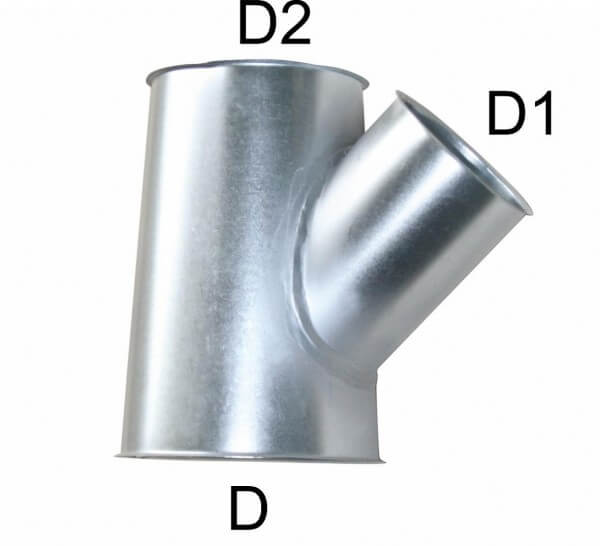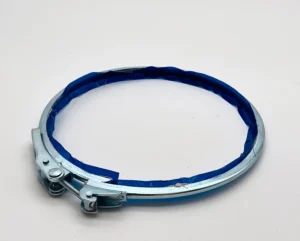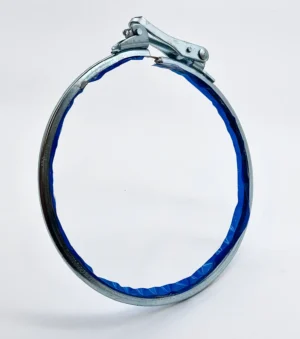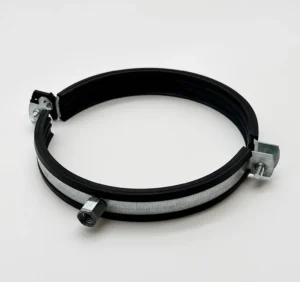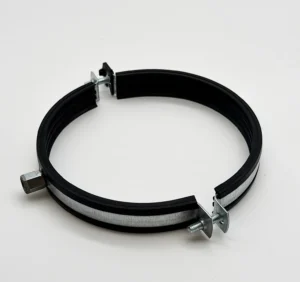Branch pipes, often overlooked yet crucial components in plumbing systems, play a vital role in directing the flow of liquids or gases. Whether it’s for residential, commercial, or industrial purposes, understanding the significance of branch pipes is key to optimizing plumbing systems. In this blog post, we delve into the world of these branches, their types, uses, and how they contribute to the efficiency of plumbing setups.
Understanding Branch Pipes:
Branch pipes, as the name suggests, are extensions from the main pipeline that facilitate the distribution of fluids to various outlets. They are pivotal in ensuring proper flow direction and pressure regulation within plumbing networks. Available in different materials such as PVC, copper, stainless steel, and more, branches cater to diverse requirements based on factors like fluid type, pressure, temperature, and environmental conditions.
Types of Branch Pipes:
Tee Branches: These are the most common type, featuring a T-shaped junction that allows fluid diversion into two directions perpendicular to the main pipeline.
Wye Branches: Similar to tee branches but with a Y-shaped configuration, ideal for applications requiring a smoother flow transition.
Cross Branches: Incorporating a cross-shaped design, these branches facilitate fluid distribution into four directions, commonly used in complex plumbing layouts.
Reducing Branches: These branches taper in diameter, enabling fluid flow from a larger pipeline to a smaller one, or vice versa, ensuring compatibility between different pipe sizes.
Applications and Benefits:
Branch pipes find extensive applications across various industries:
Residential plumbing for water supply and drainage systems.
Commercial buildings such as hotels, offices, and malls for restroom facilities and HVAC systems.
Industrial setups including manufacturing plants, refineries, and chemical processing units for fluid transport and distribution.
The benefits of incorporating branch pipes into plumbing systems are manifold:
Efficient fluid distribution: Branch pipes ensure uniform flow distribution, minimizing pressure drops and optimizing system performance.
Customizable configurations: With a range of branch pipe types and sizes available, plumbing systems can be tailored to specific requirements, maximizing efficiency and minimizing material wastage.
Enhanced system reliability: Properly integrated branches help prevent fluid stagnation, corrosion, and clogging, thereby extending the lifespan of plumbing networks and reducing maintenance costs.
Conclusion:
These branches are indispensable components in plumbing systems, contributing to efficient fluid distribution and system reliability across various applications. Explore our products and take your plumbing projects to the next level.With our products, you can optimize your plumbing systems for maximum performance and longevity, ensuring smooth operation and minimal maintenance requirements.

